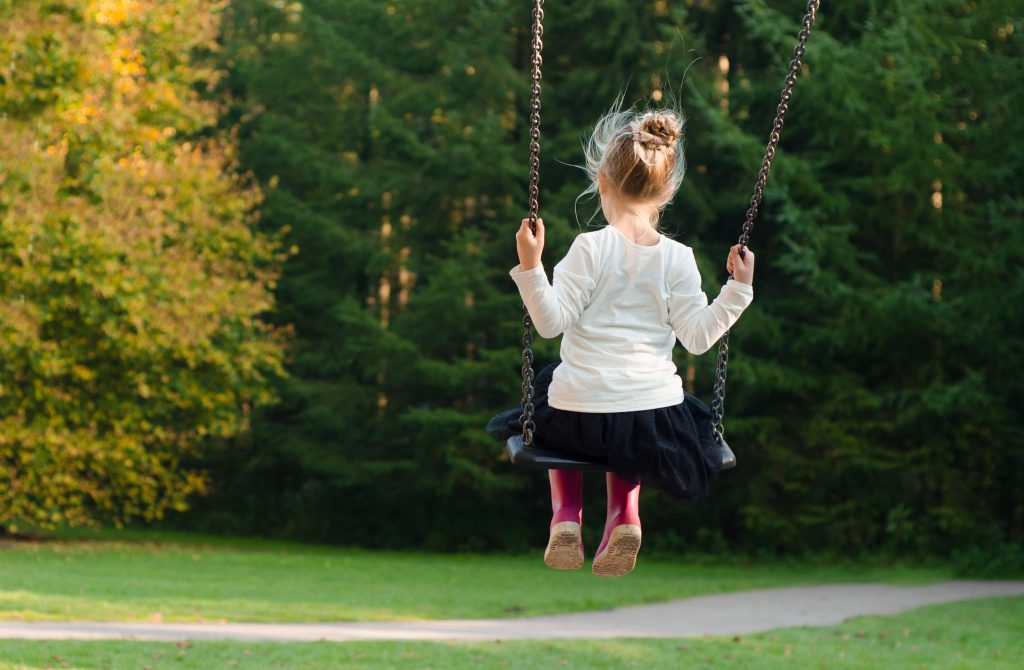Did you know 1 in 5 children in Ontario will experience some form of mental health problem?
We all experience anxiety at some point in our lives. Anxiety alerts us to threats, protects us from danger and helps us reach important goals. It’s normal to feel anxious if you encounter a bear on a hike, or before taking an important exam. When we experience anxiety, our “flight or fight” response is activated to prepare our body to react. For instance, our heart beats faster to pump blood to our muscles to have the energy to run away or fight off the danger. Small doses of anxiety in certain situations can be useful. However, if your child is worrying a lot of the time, avoiding fun activities, or refusing to go to school because he/she is scared or worried, anxiety has become a problem. Sometimes, it’s easy to tell if a child is anxious by their crying and clingy behaviours but, a child’s anxiety is hard to recognize and differentiate from a temporary bad mood, pain, personality development, or confrontation.
A child or teen with excessive worry may:
- Feel overly anxious about fitting in with his/her peers
- Be a perfectionist
- Redo tasks because they aren’t perfect the first time
- Spend excessive time doing homework
- Lack confidence
- Strive for approval
- Require a lot of reassurance about performance
- Have frequent stomachaches or other physical complaints
- Avoid going to school or avoid social situations
Children might not realize that what they’ve been experiencing is anxiety. They might think how they’re feeling and acting is normal or even expected. Others might believe they’re weird, weak, out of control, or even going “crazy”. All these thoughts might worsen their anxiety. For this reason, it’s important to explain that anxiety is normal, and can be managed. Here are 3 steps to talk to your child about anxiety.
Encourage your child to open up about worries and fears.
Open the conversation by explaining a recent time you saw that your child was anxious. You might want to share some things you feared when you were the same age and ask whether he or she has any of the same worries or fears. When your child expresses anxiety or worry, offer reassurance by saying you believe in him or her, and that these feelings and thoughts are okay. Remember, your child will take cues from you. If you stay calm, it’ll help your child stay calm too.
Teach your child about anxiety
It’s important to educate yourself and your child about anxiety disorders. Remember that anxiety is normal. Everyone experiences it from time to time. In fact, 1 in 8 children under 18 will suffer from anxiety. Though anxiety may be uncomfortable, it’s a temporary feeling and it isn’t dangerous. It’s quite the opposite – anxiety helps us prepare for real danger or to perform at our best. When we experience anxiety, it triggers our “fight or flight” response and prepares our bodies to defend themselves. Anxiety becomes a problem when our body reacts to danger even when there’s no real threat.
Help your child recognize anxiety
Lastly, help your child understand how anxiety presents itself. There are three parts to anxiety:
- Thoughts – what we say to ourselves
- “what if mom doesn’t come home?”
- Physical feelings – how our body responds
- Stomachaches, headaches, heart racing
- Behaviours – what we do or our actions
- Staying home from school
This helps your child become an observer when it comes to dealing with anxiety and gives them a better sense of control.
Sources:
- Generalized Anxiety Disorder
https://www.mayoclinic.org/diseases-conditions/generalized-anxiety-disorder/symptoms-causes/syc-20360803 - Pediatric Generalized Anxiety Disorder
https://emedicine.medscape.com/article/916933-overview - Talking to Your Child about Anxiety
https://www.anxietybc.com/parenting/talking-your-child-about-anxiety

